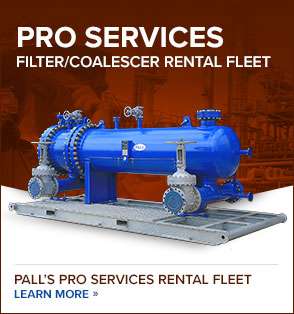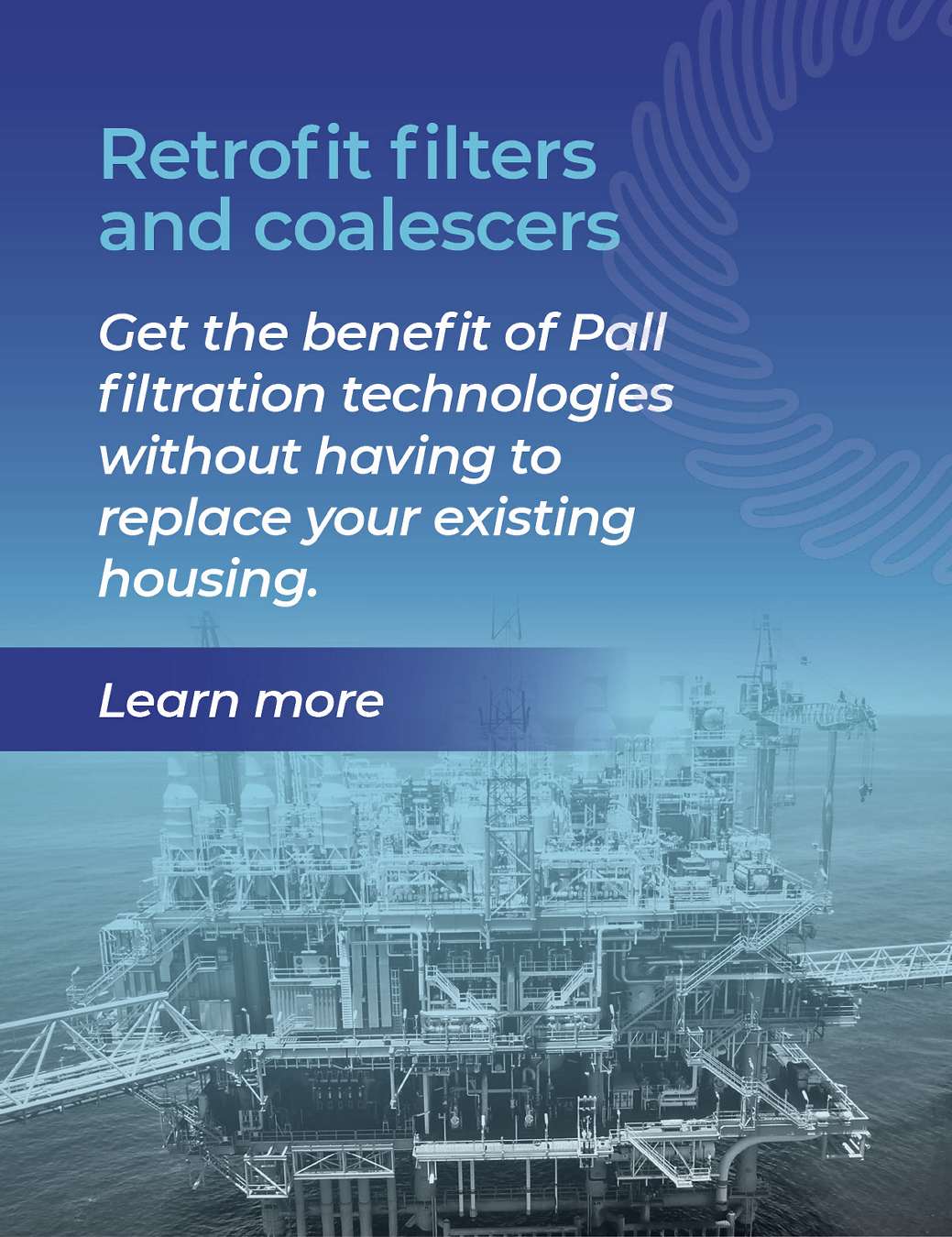Descrição do processo de desidratação de glicol
Os processos de desidratação de glicol utilizam solventes de glicol para remover água do gás natural úmido, a fim de atender às especificações de qualidade da tubulação ou a condição do gás para a remoção de líquidos condensados. O gás úmido entra em contato com o glicol anidro na torre do contator. O glicol rico então flui até um regenerador, onde o calor separa o glicol da água, regenerando o glicol para reuso. O vapor de água sai pela parte superior do regenerador para a atmosfera enquanto o glicol anidro recircula de volta ao contator em um ciclo de recirculação.
Necessidades da fábrica de desidratação de glicol
- Alcançar ou exceder os níveis de produção de gás natural por meio do tratamento confiável de gases úmidos
- Manter a confiabilidade do processo para consistência da produção e minimização do tempo de inatividade
- Fornecer gás natural de qualidade e consistente, de acordo com as regulamentações para os níveis de água
- Minimize os custos operacionais e de manutenção devido a incrustação e corrosão
Desafios no processo de desidratação com glicol e soluções da Pall
| Desafio de desidratação de glicol | Solução da Pall |
|---|---|
| Melhore a produtividade e confiabilidade de desidratação com a remoção de líquidos e sólidos eficiente a montante do contator para proteger o ciclo de glicol da formação de espuma e incrustações.
|
| Reduça as falhas na produtividade, confiabilidade e conteúdo de água no gás através do controle eficiente de sólidos no ciclo de glicol.
|
Diagrama do fluxo do processo da unidade de desidratação de glicol
Principais aplicações/Recomendações de filtro (outras aplicações não exibidas)
| Aplicação | Produtos Pall | Benefícios ao cliente |
|---|---|---|
Coalescedor na entrada do contator | Produtividade, confiabilidade e conteúdo de água dentro das especificações por meio da manutenção da eficiência do ciclo de glicol | |
Coalescedor na saída do contator | Confiabilidade do processamento downstream pela eliminação do transporte de glicol | |
Filtro de glicol | Produtividade, confiabilidade e conteúdo de água dentro das especificações por meio da manutenção da eficiência do ciclo de glicol |
Para saber mais sobre como melhorar a eficiência de seus processos, contate nossa equipe de especialistas em filtração.
-
Desidratação de glicol
Baixar:
Nossos produtos
Liderando o setor com soluções e produtos adaptados às necessidades dos clientes.


